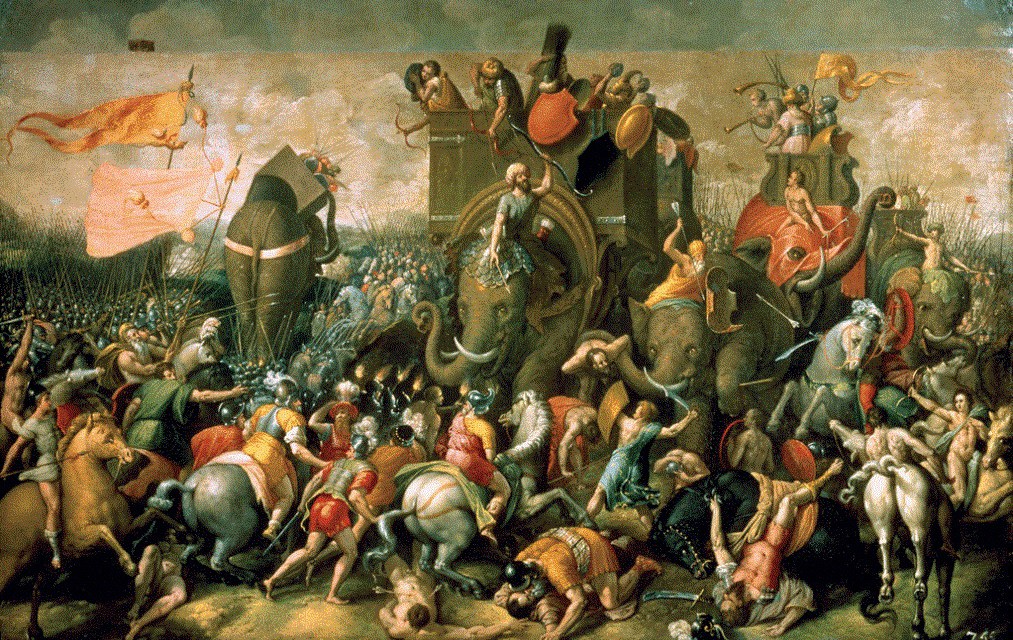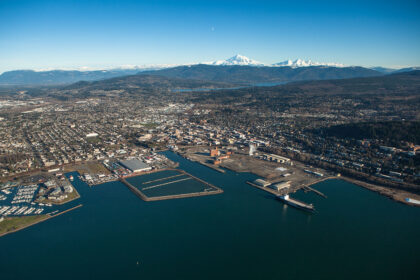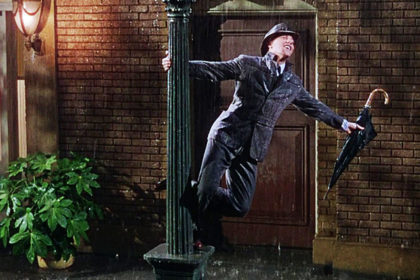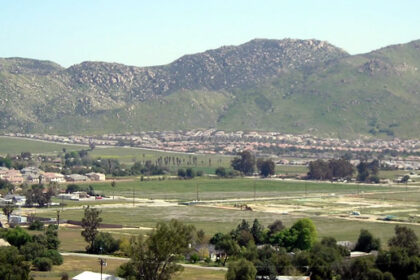Hannibal Barca was a Carthaginian general, considered one of the greatest military commanders in history. His father, Hamilcar Barca, was the leading Carthaginian commander during the First Punic War. His younger brothers were Mago and Hasdrubal, and he was the brother-in-law to Hasdrubal the Fair. Take a look below for 30 more awesome and interesting facts about Hannibal Barca.
1. Hannibal lived during a period of great tension in the western Mediterranean Basin, when the Roman Republic established its supremacy over other great powers such as ancient Carthage, the Etruscans, Samnites and the Greek kingdom of Syracuse.
2. One of his most famous achievements was at the outbreak of the Second Punic War, when he marched an army which included war elephants from Iberia over the Pyrenees and the Alps into Italy.
3. In his first few years in Italy, he won three victories, the Trebia, Lake Trasimene and Cannae, in which he distinguished himself for his ability to determine his and his opponent’s respective strengths and weaknesses and to plan the battle accordingly.
4. Hannibal occupied much of Italy for 15 years but was unable to march on Rome.
5. An enemy counter-invasion of North Africa forced him to return to Carthage, where he was decisively defeated by Scipio Africanus at the Battle of Zama.
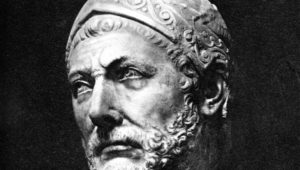
6. Scipio studied Hannibal’s tactics and devised some of his own, which allowed him to finally defeat Rome’s nemesis at Zama, having previously driven Hannibal’s brother Hasdrubal out of the Iberian Peninsula.
7. After the war, Hannibal successfully ran for the office of sufet.
8. He enacted political and financial reforms to enable the payment of the war indemnity imposed by Rome; however, his reforms were unpopular with members of the Carthaginian aristocracy and in Rome, and he fled into voluntary exile.
9. During his time in exile, he lived at the Seleucid court, where he acted as a military advisor to Antiochus III the Great in his war against Rome.
10. Antiochus was defeated at the Battle of Magnesia and was forced to accept Rome’s terms, and Hannibal fled again, making a stop in the Kingdom of Armenia.
11. Hannibal is often regarded as one of the greatest military strategists in history and one of the greatest generals of Mediterranean antiquity, together with Philip of Macedon, Alexander the Great, Julius Caesar, and Scipio Africanus.
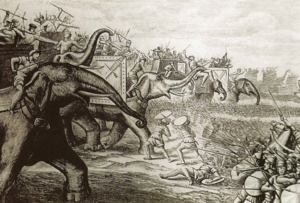
12. Plutarch states that Hannibal was questioned by Scipio as to who was the greatest general, and Hannibal replied either Alexander or Pyrrhus, then himself.
13. Military historian Theodore Ayrault Dodge called Hannibal the “father of strategy”, because his greatest enemy, Rome, came to adopt elements of his military tactics in its own strategic arsenal.
14. Hannibal’s last name, Barca, means thunderbolt.
15. He was born in 247 BC in Carthage, which is Tunisia today.
16. When Hannibal was only 10 years old, his father took him to Spain and made him swear his hostility toward Rome.
17. Hannibal was given control of an army at the age of 26, and he made Cartagena in Spain his headquarters. His army consisted of more than 100,000 soldiers and almost 40 war elephants.
18. On the journey to Rome, Hannibal’s army met with attacks by various indigenous tribes. The tribes rolled heavy stones upon them and across their path.
19. When Hannibal exited the Alps, he only had one elephant and approximately 26,000 soldiers left.
20. Hannibal’s first name is said to actually have been Hanniba’al in the original Carthaginian. This translates to “grace of Ba’al,” which is a tribute to the god Ba’al, who was worshiped by the Carthaginians.
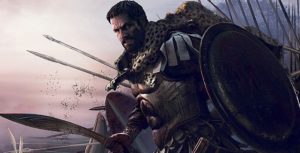
21. One of Hannibal’s sisters married a judge named Bomilcar. Her son, Hanno, would serve under Hannibal’s command during his campaigning in Italy.
22. A big factor in Hannibal’s success was the sheer loyalty he inspired among his troops, despite the fact that his army was made up of people from very diverse backgrounds.
23. Hannibal would lead by example by going hungry when his troops did, sleeping in the open air alongside them, and leading his men in the fiercest parts of battles.
24. Military academies all over the world continue to study Hannibal’s exploits, especially his victory at Cannae.
25. Even the Roman chroniclers acknowledged Hannibal’s supreme military leadership, writing that, “he never required others to do what he could and would not do himself.”
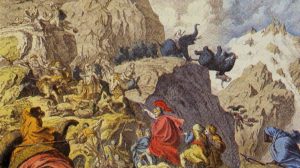
26. Count Alfred von Schlieffen developed his eponymously titled “Schlieffen Plan” from his military studies, with a particularly heavy emphasis on the envelopment technique which Hannibal employed to surround and destroy the Roman army in the battle of Cannae.
27. George S. Patton believed himself a reincarnation of Hannibal as well as many other people, including a Roman legionary and a Napoleonic soldier.
28. Hannibal caused a lot of distress to many people in the Roman society.
29. He became such a figure of terror that whenever disaster struck, the Roman senators would exclaim, “Hannibal is at the gates!”, to express their fear or anxiety.
30. The Romans built statues of Hannibal in the very streets of Rome to advertise their defeat of such a worthy adversary.

